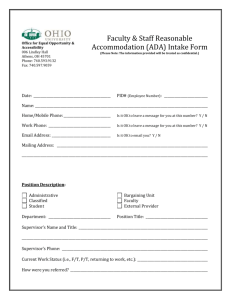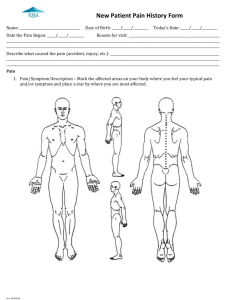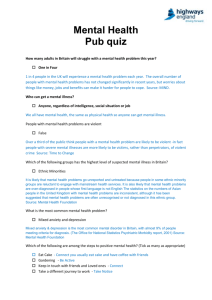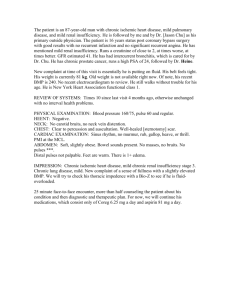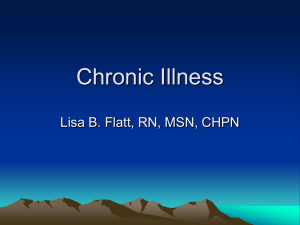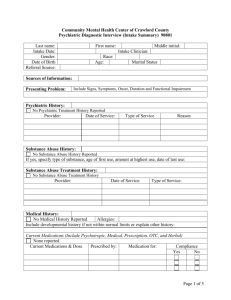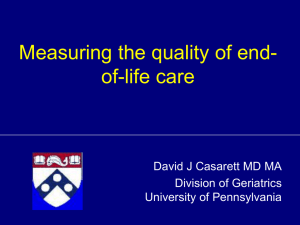RISK FACTOR - Center for Patient Safety
advertisement
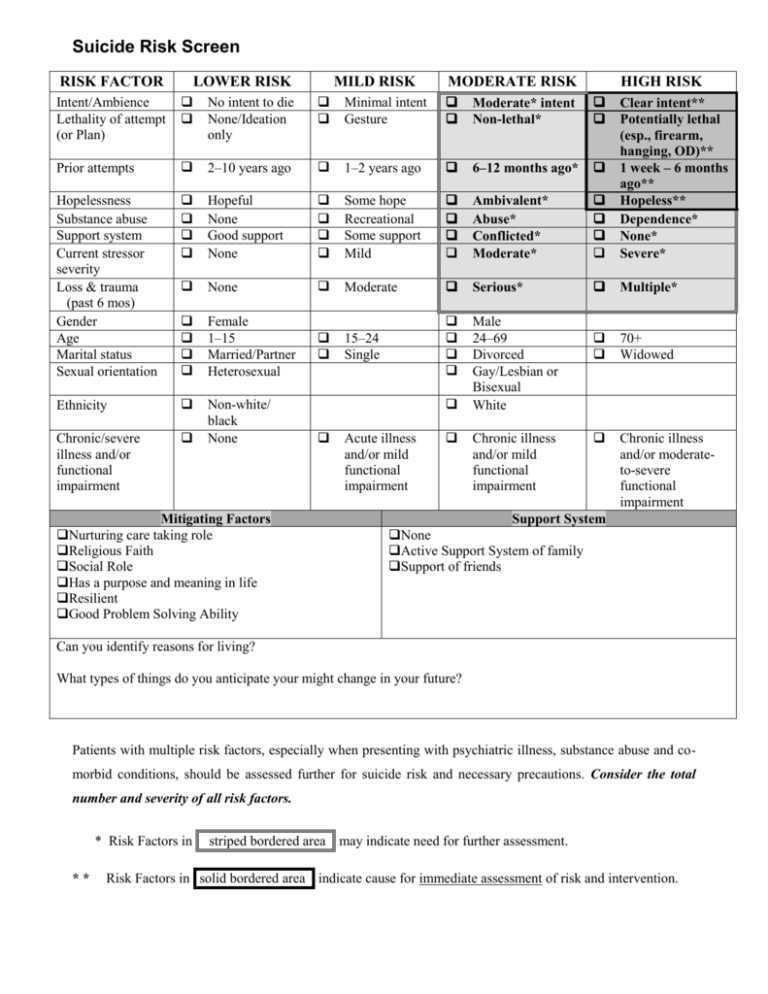
Suicide Risk Screen RISK FACTOR LOWER RISK Intent/Ambience Lethality of attempt (or Plan) No intent to die None/Ideation only Minimal intent Gesture Moderate* intent Non-lethal* Prior attempts 2–10 years ago 1–2 years ago 6–12 months ago* Hopelessness Substance abuse Support system Current stressor severity Loss & trauma (past 6 mos) Gender Age Marital status Sexual orientation Hopeful None Good support None Some hope Recreational Some support Mild Ambivalent* Abuse* Conflicted* Moderate* Clear intent** Potentially lethal (esp., firearm, hanging, OD)** 1 week – 6 months ago** Hopeless** Dependence* None* Severe* None Moderate Multiple* 15–24 Single 70+ Widowed Ethnicity Non-white/ black None Chronic/severe illness and/or functional impairment Female 1–15 Married/Partner Heterosexual Mitigating Factors Nurturing care taking role Religious Faith Social Role Has a purpose and meaning in life Resilient Good Problem Solving Ability MILD RISK Serious* Male 24–69 Divorced Gay/Lesbian or Bisexual White MODERATE RISK Acute illness and/or mild functional impairment Chronic illness and/or mild functional impairment HIGH RISK Chronic illness and/or moderateto-severe functional impairment Support System None Active Support System of family Support of friends Can you identify reasons for living? What types of things do you anticipate your might change in your future? Patients with multiple risk factors, especially when presenting with psychiatric illness, substance abuse and comorbid conditions, should be assessed further for suicide risk and necessary precautions. Consider the total number and severity of all risk factors. * Risk Factors in ** striped bordered area may indicate need for further assessment. Risk Factors in solid bordered area indicate cause for immediate assessment of risk and intervention. NOTE: This tool is designed to screen for demographic factors that may help identify patients who fall into a statistically higher risk group for self-harm. This tool is not intended to be a definitive or comprehensive assessment. Patients with higher scores should be assessed further for necessary level of care to minimize the risk of self-harm. Staff member signature: Date/Time: Source: Loma Linda University Behavioral Medicine Center. Suicide Risk Assessment: Practical Strategies and Tools for Joint Commission Compliance
